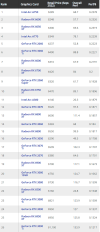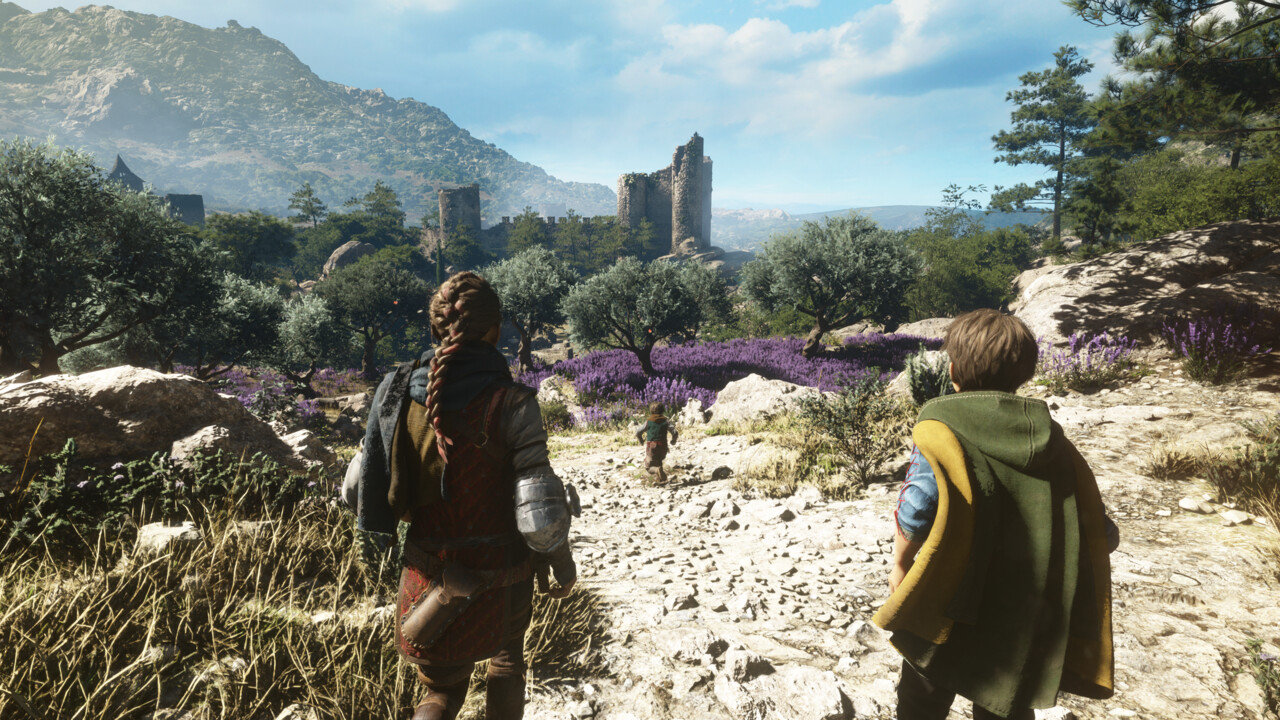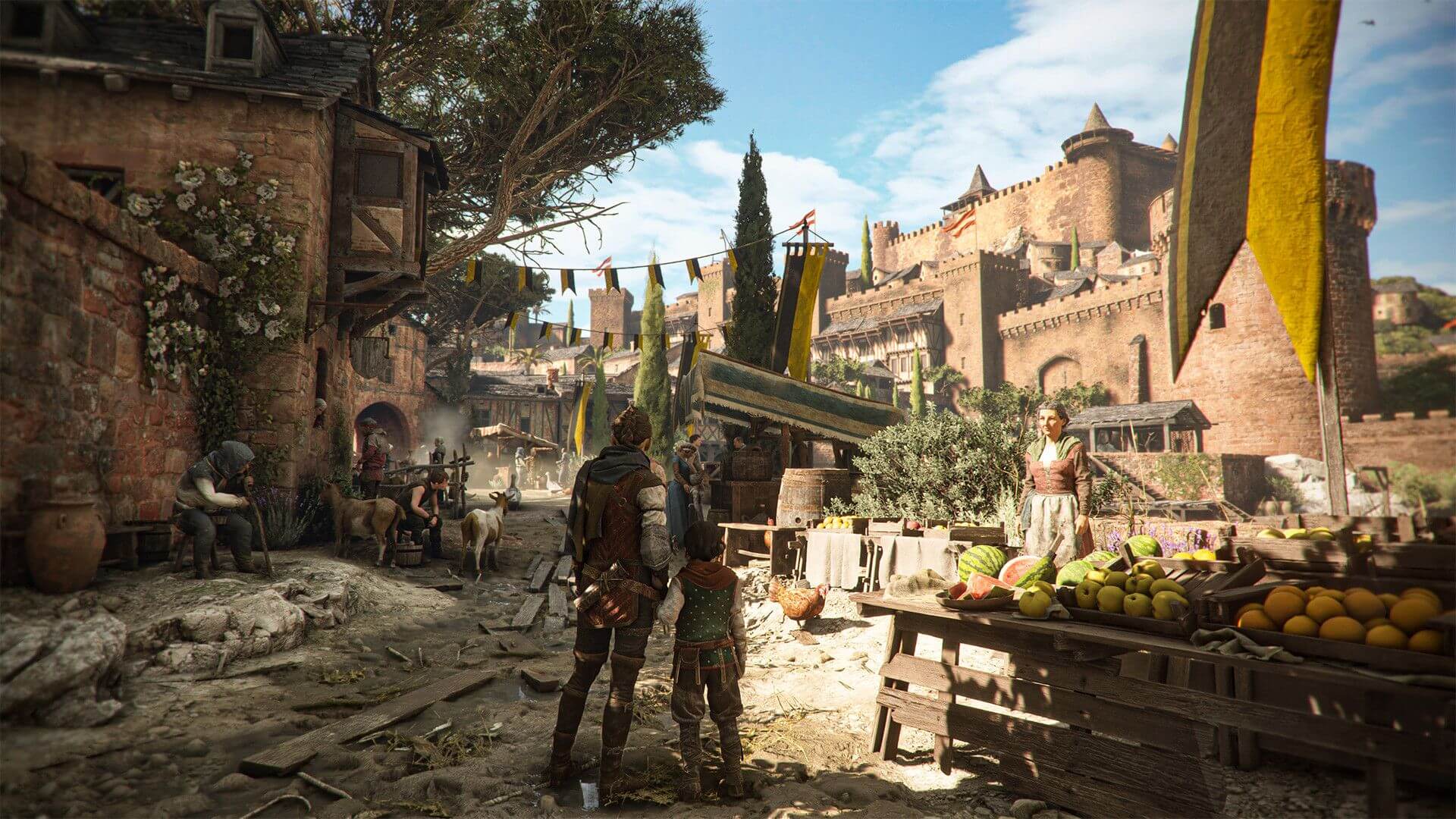the ARC A3x0 or the ARC A750/770(8GB) are nowhere to be seen where I live. The only model being sold is the A770 16GB. They told me that being a new GPU it takes a few days to deliver but they expect the first units will be here by monday and maybe I am going to have it the next day. I really want to try RDR2, RE Village, and many other games I purchased for the ocassion (Metro Exodus, on crazy sale in Steam btw), with RT.
It might be "risky" to get a new GPU like this. But my 2nd GPU ever was the
Matrox G400 32MB AGP,

a GPU that worked better with DirectX, was incompatible with Glide, and wasn't very good with OpenGL. Most games were slow -they were meant for Glide, not DirectX- but it was a wonderful GPU for my taste. It featured 32bits color, great filtering, and was ahead of its time supporting native hardware bump mapping...
I bought a 16MB Voodoo 3 2000 PCI separately.
Most games (Glide) ran really well on the Voodoo 3, buttery smooth. But you lost on color depth as the Voodoo 3 only allowed 16bits of color and it was banding gallore.
The Voodoo 3 was faster 'cos of legacy, but whenever I could I used the Matrox G400. This is why I am fine with getting the GPU from a new challenger.







